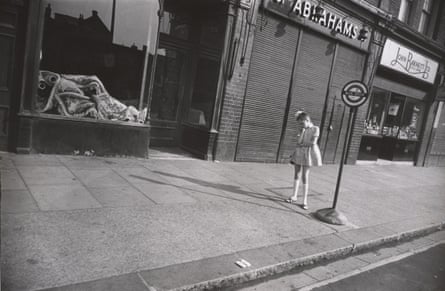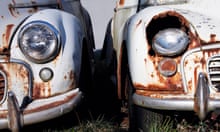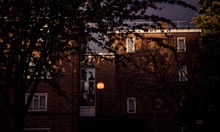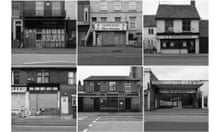Garry Winogrand was an obsessive New Yorker with attitude who, in the 1960s, defined street photography to such a degree that nearly every example of the genre since looks like imitation. For all the apparent spontaneity of his images, Winogrand was acutely attuned to the ways in which a photo altered what it captured, often imposing a formal, and thus transformative, symmetry on the unruly drama of the everyday. “Photography is not about the thing photographed,” he once said. “It is about how that thing looks photographed.”
In many ways, Winogrand’s work is the perfect conceptual starting point for a series of short essays by Geoff Dyer, whose nonfiction writing merges discursive scholarship with personal flights of fancy. The Street Philosophy of Garry Winogrand takes its cue not from Dyer’s previous book on photography, The Ongoing Moment, but the late John Szarkowski’s wonderful book on Eugene Atget (Atget), the great flâneur-photographer of Victorian Paris. Szarkowski, a brilliant curator and incisive writer, selected 100 of Atget’s images and wrote mini-essays on each. Dyer has done something similar with Winogrand, “weighing up”, as he puts it, “the often competing claims of word and image”.

The result will disappoint anyone looking for a rigorous, comprehensive appraisal of Winogrand’s work, which, as Dyer points out, can be found elsewhere. Instead, the images allow Dyer to range far and wide through photography, literature, art, theory, architecture, design and music as he teases out his own offbeat associations. When it works, it works beautifully: an image of a lone young girl, lost in thought at a bus stop in London, “reminds us that the swinging 60s was a highly localised epoch” in that “there is no sign that any of the associated tentacles – psychedelia, op art, flower power – reached from Carnaby Street or the Kings Road to this part of London, let alone the rest of England”. Dyer also picks up on an ominous pile of rugs in a shop window, “which lie there like an octopus” (the photograph within a photograph being a characteristic of Winogrand’s work).
Dyer is astute, too, on Winogrand’s key tropes: people waiting, looking, lost in thought, arriving and departing; crowds, big and small, calm and chaotic; the various striking females he shot on the street for his series, Women Are Beautiful, which, in our current moral climate, may well be read as a damning example of the predatory male gaze. Dyer artfully deconstructs a shot of a woman in a phone booth, one leg raised, her hand cupped over the receiver. It is an image that blurs the thin line between public and private, a line photographers have walked since the invention of the medium and that is now blurred to such an extent that this photograph seems almost quaint. Almost.
At least two male passers-by in the frame are aware of Winogrand’s presence, the woman possibly so, though her eyes are concealed by a horizontal bar. As Dyer notes: “The ballet of the glimpsed and the unseen, the concealed and revealed, is present at several levels, including the aural.” Like several of Winogrand’s best photographs, it distils the ongoing momentum of modern city life into a single stolen moment.
There are a few instances when Dyer’s flights of fancy become too fanciful. A nun tending a prone woman surrounded by sidewalk gawkers is compared to a scene from a film by Alain Resnais, but Winogrand was too much of a New Yorker to ever approach the clinical formalism of Last Year at Marienbad. Even his stillest moments have an unmistakable Winograndian energy. Most of the time, though, Dyer’s riffs are both playful and illuminating, and will make you look anew at the work of a man who once said: “I’m a photographer, a still photographer. That’s it.”
As this book reminds us, it isn’t.











Comments (…)
Sign in or create your Guardian account to join the discussion